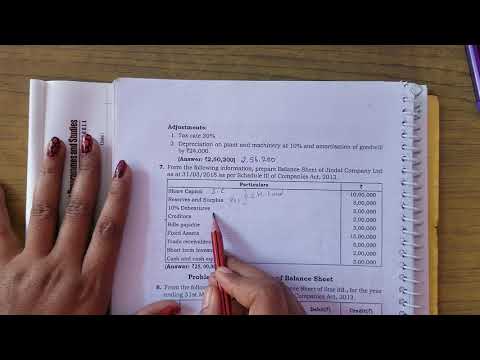
However, it is an operational activity for real-estate companies, given that the purchased building is intended for resale. Businesses should continuously monitor and optimize their operating expenses to improve profitability. This can be achieved through cost reduction strategies, efficient resource allocation, and streamlining processes. Operating Income is derived by subtracting Operating Expenses from Gross Profit. A higher operating profit margin indicates greater efficiency in managing operating expenses.
- However, it’s worth noting that not all types of insurance will necessarily be classified as an operating expense.
- In summary, operating expenses play a pivotal role in impacting business performance, profitability, and financial decision-making.
- CapEx includes costs related to acquiring or upgrading capital assets such as property, plant, and equipment.
A fixed cost is one that does not change with an increase or decrease in sales or productivity and must be paid regardless of the company’s activity or performance. For example, a manufacturing company must pay rent for factory space, regardless of how much it is producing or earning. While it can downsize and reduce the cost of its rent payments, it cannot eliminate these costs, and so they are considered to be fixed. Fixed costs generally include overhead costs, insurance, security, and equipment. When it comes to analyzing operating expenses, managers classify the expenses as either fixed or variable.
What Is Included in Operating Expenses?
In such a way, a manager can better understand the nature of the expense. A fixed cost stocks vs bonds: 4 key differences and how to choose in 2023 remains the same no matter what the production level is, while variable cost does vary with the number of products or services that a company produces. Keep in mind that capital expenditures, such as purchasing equipment or a building, are not considered operating expenses and are treated differently for tax purposes. They are usually depreciated or amortized over a period of time, rather than being fully deductible in the year the expense is incurred.
What Is the Difference Between Operating Costs and Startup Costs?
In summary, operating expenses play a pivotal role in impacting business performance, profitability, and financial decision-making. By effectively managing these expenses, a business can safeguard its bottom line and maintain a healthy financial standing. This can include anything from salary and wages, commissions, pension plan contributions, and benefits. Hiring a freelancer, needing a plumber for broken pipes, or getting a Certified Public Accountant (CPA) to sort out the books are some common examples. Operating expenses differ by industry and how a company decides to operate based on its business model. As a general rule, an increase in any type of operating costs lowers profit.

Calculating Operating Expenses
The first four of the above listed costs are usually counted as operating costs. As with any financial metric, operating costs must be compared over multiple reporting periods to get a sense of any trend. Companies sometimes baii plus bond valuation can cut costs for a particular quarter, which inflates their earnings temporarily. Investors must monitor costs to see if they’re increasing or decreasing over time while also comparing those results to the performance of revenue and profit.
As a result, the agreement might diminish the correlation somewhat between an increase or decrease in production and an increase or decrease in the company’s operating costs. The following formula and steps can be used to calculate the operating cost of a business. You will find the information needed from the firm’s income statement that is used to report the financial performance for the accounting transactions 2021 period. For example, if a company cuts its advertising costs, its short-term profits will likely improve since it is spending less money on operating costs.
In an income statement, operating expenses are listed below the gross profit, which is calculated by subtracting the cost of goods sold (COGS) from total revenue. The difference between gross profit and operating expenses reflects the operating income. This offers insight into the company’s efficiency in generating profit from its primary business activities. Operating expenses are any costs that a business incurs in its day-to-day business. These costs may be fixed or variable and often depend on the nature of the business.
However, by reducing its advertising, the company might also reduce its capacity to generate new business such that earnings in the future could suffer. For instance, a business with high operating expenses may be less attractive to investors and lenders as it could struggle to maintain adequate cash flows. On the other hand, a company that effectively manages its operating expenses can demonstrate financial stability and be better positioned to attract investment and financing. Insurance plays a crucial role in protecting a business from potential risks such as property damage, theft, and liability claims.
Organize your expenses into operating and non-operating costs; you can also organize further by separating fixed and variable costs so you can easily track changes in your expenditures. These may include several costs, such as rent, salaries, wages, equipment, insurance, etc. It implies they do not relate to the core activities that companies perform. Essentially, these expenses are indirect to providing products or services.
It also helps managers determine the price point for their products and compare the profitability of one product line versus another. For example, fixed costs are things such as rent, lease payments and insurance expense, while labor, raw materials and sales commissions are variable costs. Operating expenses represent the general costs of running a business, while the cost of goods sold (COGS) refers specifically to the direct costs involved in producing goods or delivering services.
